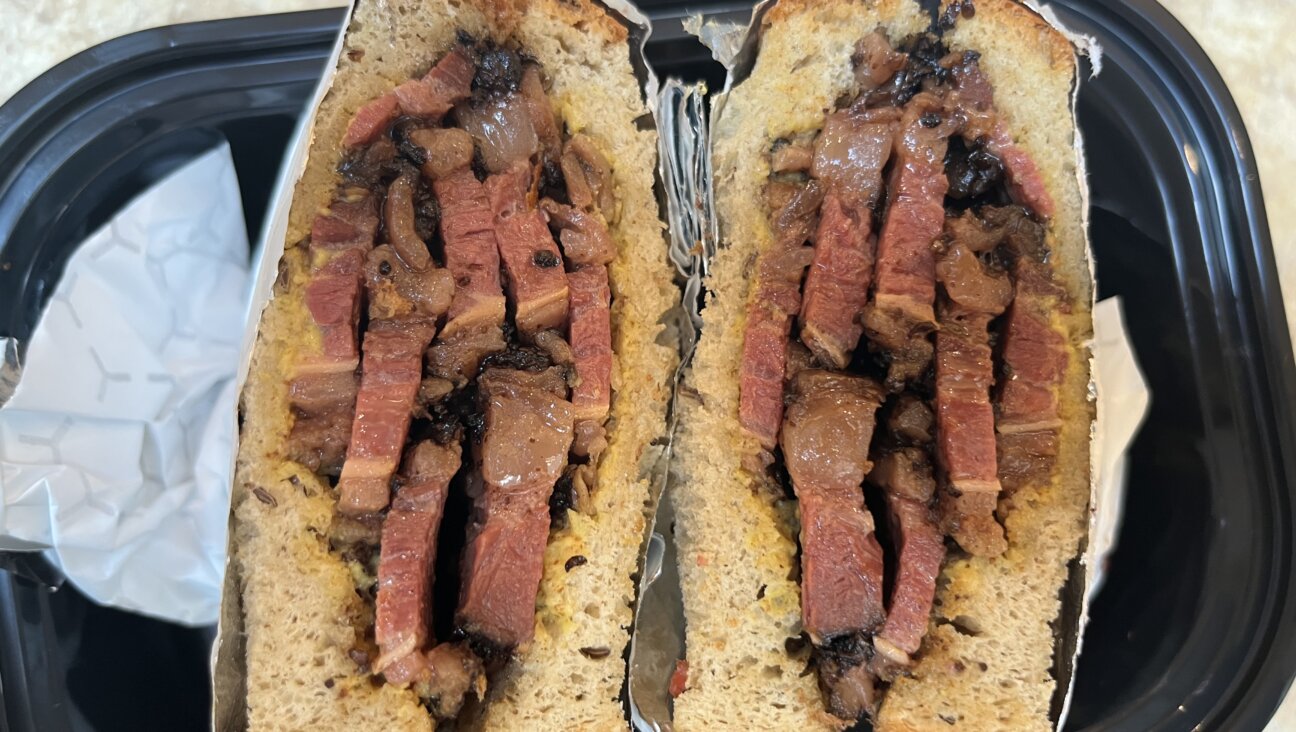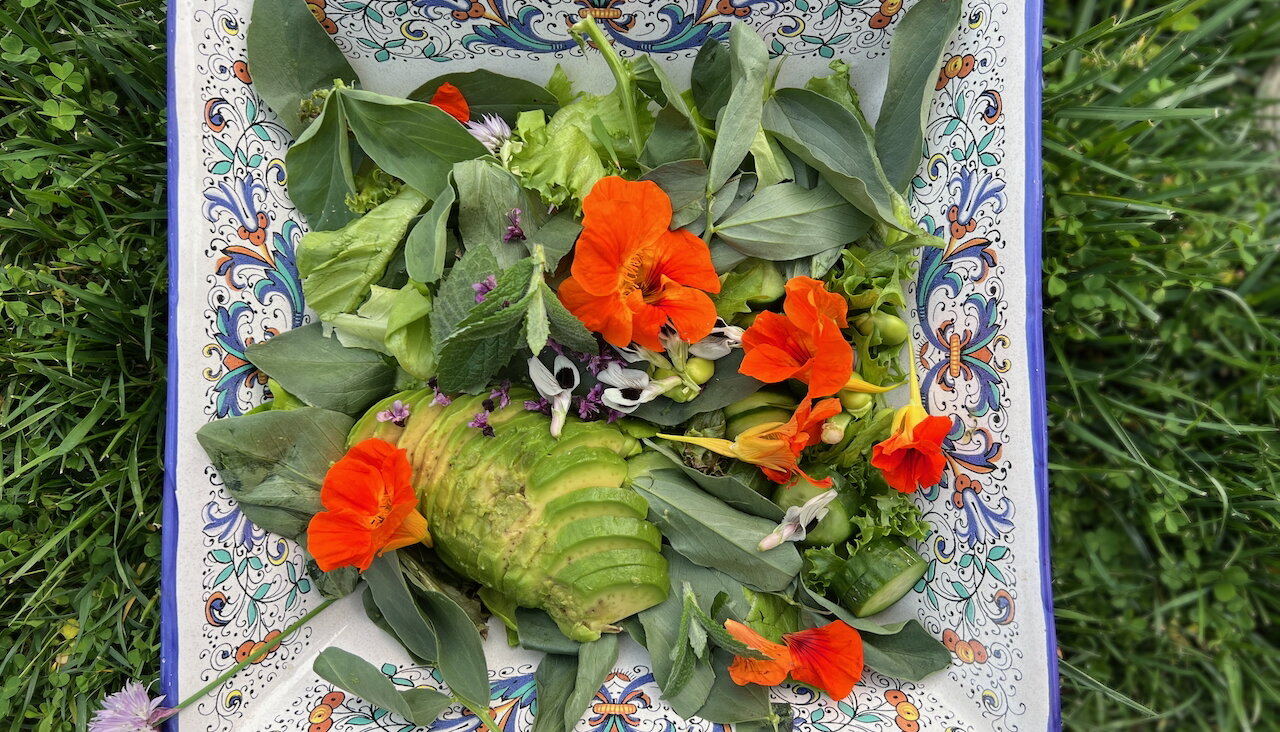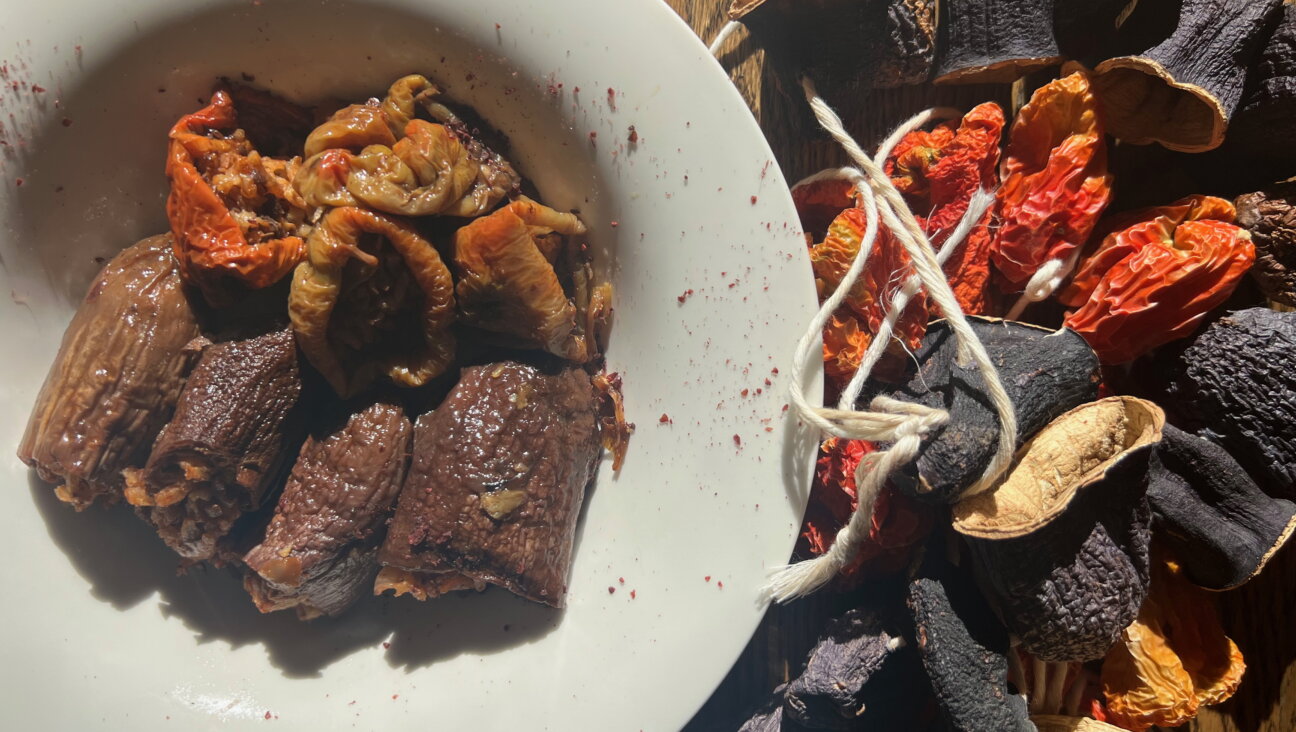Cassola, Rome’s Jewish Christmas Treat

Image by Alessandra Rovati
A popular Italian saying advises: “Dress like a Turk, and eat like a Jew.”
Jews have enjoyed an uninterrupted presence in Italy for more than 2,200 years, producing a delicious cuisine with almost endless regional variations, that profoundly affected broader Italian cuisine. Contrary to the all-too-common American assumption that most Jewish food is bland or boring, Jewish Italian cuisine tends to be seen as a delicacy by non-Jewish locals. Some of the most popular restaurants in Rome serve traditional Jewish dishes, like the famous fried artichokes.
Rome’s unofficial Christmas dessert, cassola, or a baked ricotta cheese cake, was originally a Jewish dish. In the 16th century, while some Jewish communities in Northern Italy made a fresh cheese baked sandwich-like dish sprinkled with sugar and cinnamon called pizza dolce, Roman Jews used ricotta to make large sweet pancakes cooked in a skillet. The dish was called “casciola” (from “cascio”, cheese), says Italian food historian A.Toaff in his “Mangiare alla Giudia.”
Over time the dish transformed into a baked ricotta pancake, and was adopted by the Roman Catholic community as a traditional Christmas dessert (Roman Jews serve it on Shavuot). Coincidentally, the earliest Hanukkah levivot or latkes in Eastern Europe were made of cheese and were likely similar to Cassola.
One of the main reasons for cassola’s popularity is that it is shockingly simple to make, including only five main ingredients and no butter or oil (except for greasing the pan). What gives it its delicious creamy texture, similar to a softer, moister, more delicate cheesecake with a firmer outside, is fresh ricotta, which you can purchase from a store or try your hand at making at home. Whether you make it for the last day of Hanukkah or save it until Christmas, it is a true example of an Italian dish – elegantly simple and delicious.
Cassola
serves 4-6
1 pound ricotta cheese (made from whole milk, without emulsifiers)
4 eggs
1 to 1 ½ cup sugar (depending on desired sweetness)
a pinch of salt
zest of one large organic lemon (optional)
½ teaspoon cinnamon or vanilla (optional)
1 or 2 tablespoons mild extra-virgin olive oil, or butter
1) Preheat the oven to 400º F. With a whisk or a hand mixer, beat the eggs with the sugar until creamy. Add the ricotta, salt, lemon zest and cinnamon (or vanilla).
2) Grease a 9-10 inch springform baking pan with butter or olive oil, dust with flour, pour the mixture in, and transfer into your pre-heated oven. Bake at 400 F for the first 10 minutes, then lower the temperature to 350 F and bake for another 25 minutes.
3) Turn the oven off and allow the cassola to set inside, with the door open, for another 10 or 15 minutes. It should be firmer and golden brown on the outside and very soft and moist inside, like a pudding. Serve warm.
You can also cook it in a greased non-stick or cast iron pan like a frittata, on the stovetop, flipping it once (this was probably the original version), or cook the bottom on the stovetop and the top in the oven under the broiler.
Alessandra Rovati was born and raised in Venice and is an expert in Jewish and Kosher Italian cooking. She has written about food for several magazines, taught cooking, and she has been a featured guest on Fox News. Visit her website, Dinner in Venice.
The Forward is free to read, but it isn’t free to produce

I hope you appreciated this article. Before you go, I’d like to ask you to please support the Forward.
Now more than ever, American Jews need independent news they can trust, with reporting driven by truth, not ideology. We serve you, not any ideological agenda.
At a time when other newsrooms are closing or cutting back, the Forward has removed its paywall and invested additional resources to report on the ground from Israel and around the U.S. on the impact of the war, rising antisemitism and polarized discourse.
This is a great time to support independent Jewish journalism you rely on. Make a gift today!
— Rachel Fishman Feddersen, Publisher and CEO
Support our mission to tell the Jewish story fully and fairly.
Most Popular
- 1

Fast Forward Ye debuts ‘Heil Hitler’ music video that includes a sample of a Hitler speech
- 2

Opinion It looks like Israel totally underestimated Trump
- 3

Fast Forward Student suspended for ‘F— the Jews’ video defends himself on antisemitic podcast
- 4
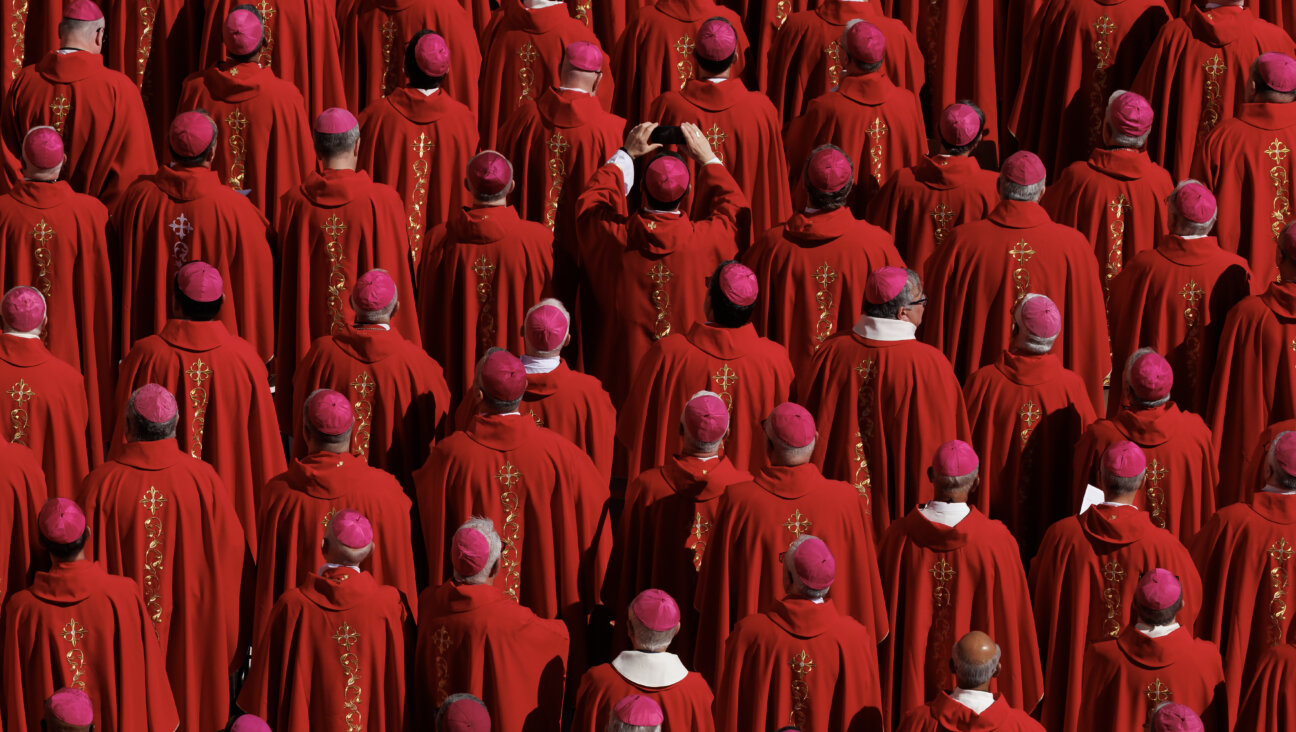
Culture Cardinals are Catholic, not Jewish — so why do they all wear yarmulkes?
In Case You Missed It
-

Fast Forward Hamas and Trump say Edan Alexander to be freed from Gaza after US negotiates release
-
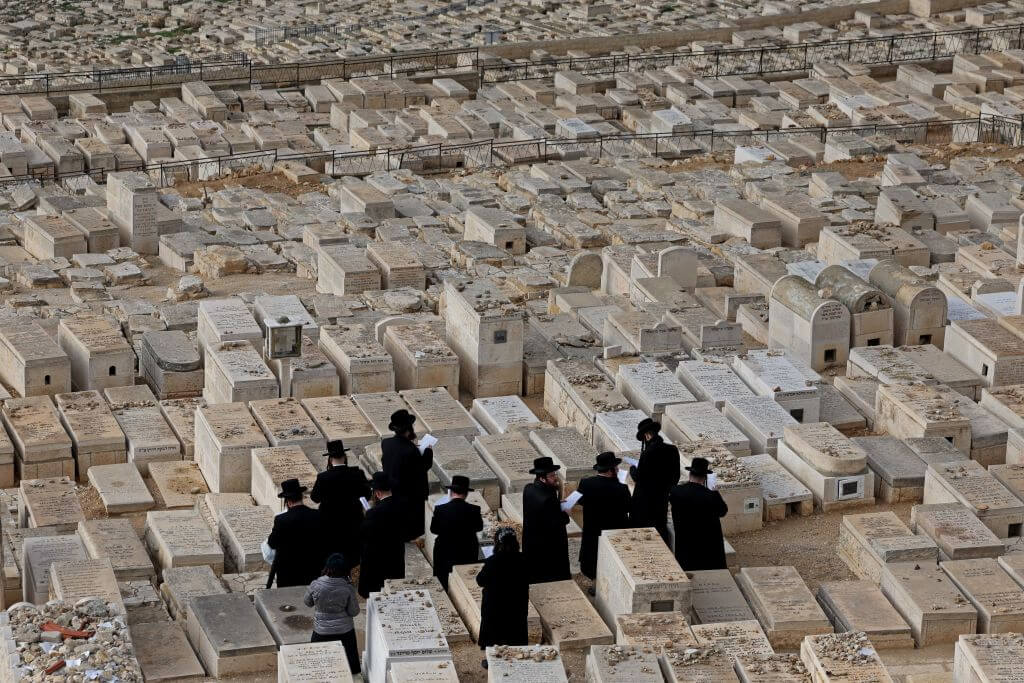
Culture Should Diaspora Jews be buried in Israel? A rabbi responds
-
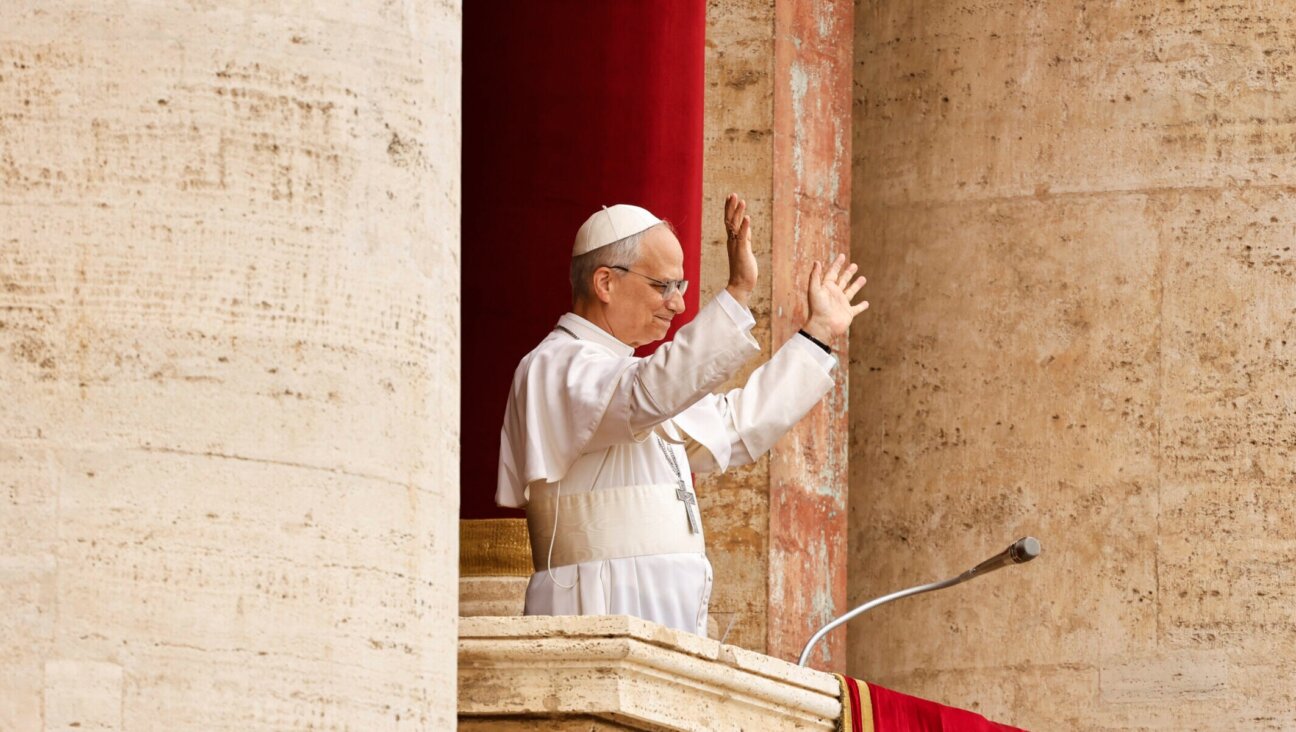
Fast Forward In first Sunday address, Pope Leo XIV calls for ceasefire in Gaza, release of hostages
-

Fast Forward Huckabee denies rift between Netanyahu and Trump as US actions in Middle East appear to leave out Israel
-
Shop the Forward Store
100% of profits support our journalism
Republish This Story
Please read before republishing
We’re happy to make this story available to republish for free, unless it originated with JTA, Haaretz or another publication (as indicated on the article) and as long as you follow our guidelines.
You must comply with the following:
- Credit the Forward
- Retain our pixel
- Preserve our canonical link in Google search
- Add a noindex tag in Google search
See our full guidelines for more information, and this guide for detail about canonical URLs.
To republish, copy the HTML by clicking on the yellow button to the right; it includes our tracking pixel, all paragraph styles and hyperlinks, the author byline and credit to the Forward. It does not include images; to avoid copyright violations, you must add them manually, following our guidelines. Please email us at [email protected], subject line “republish,” with any questions or to let us know what stories you’re picking up.







